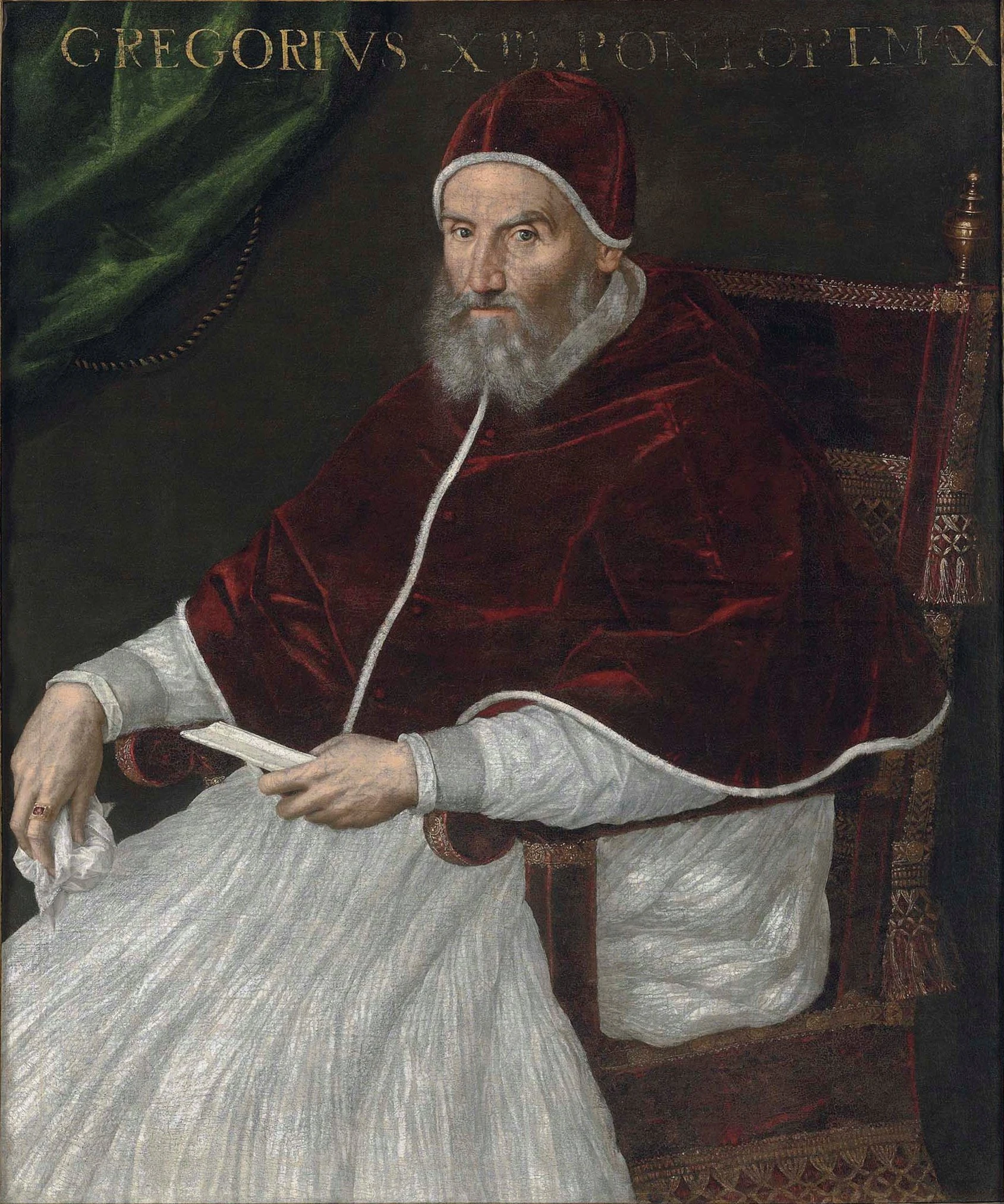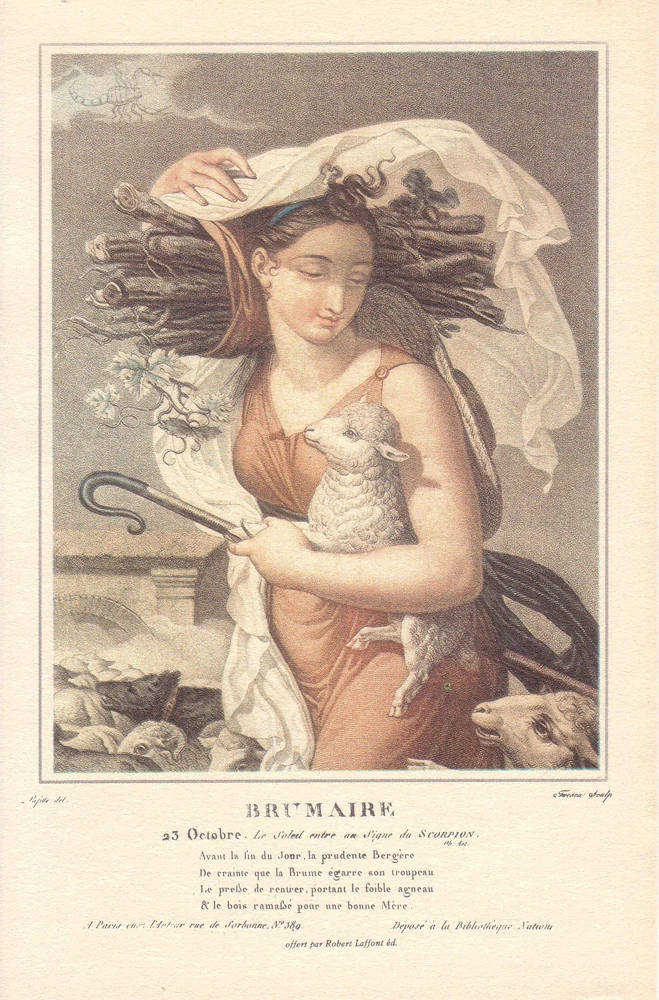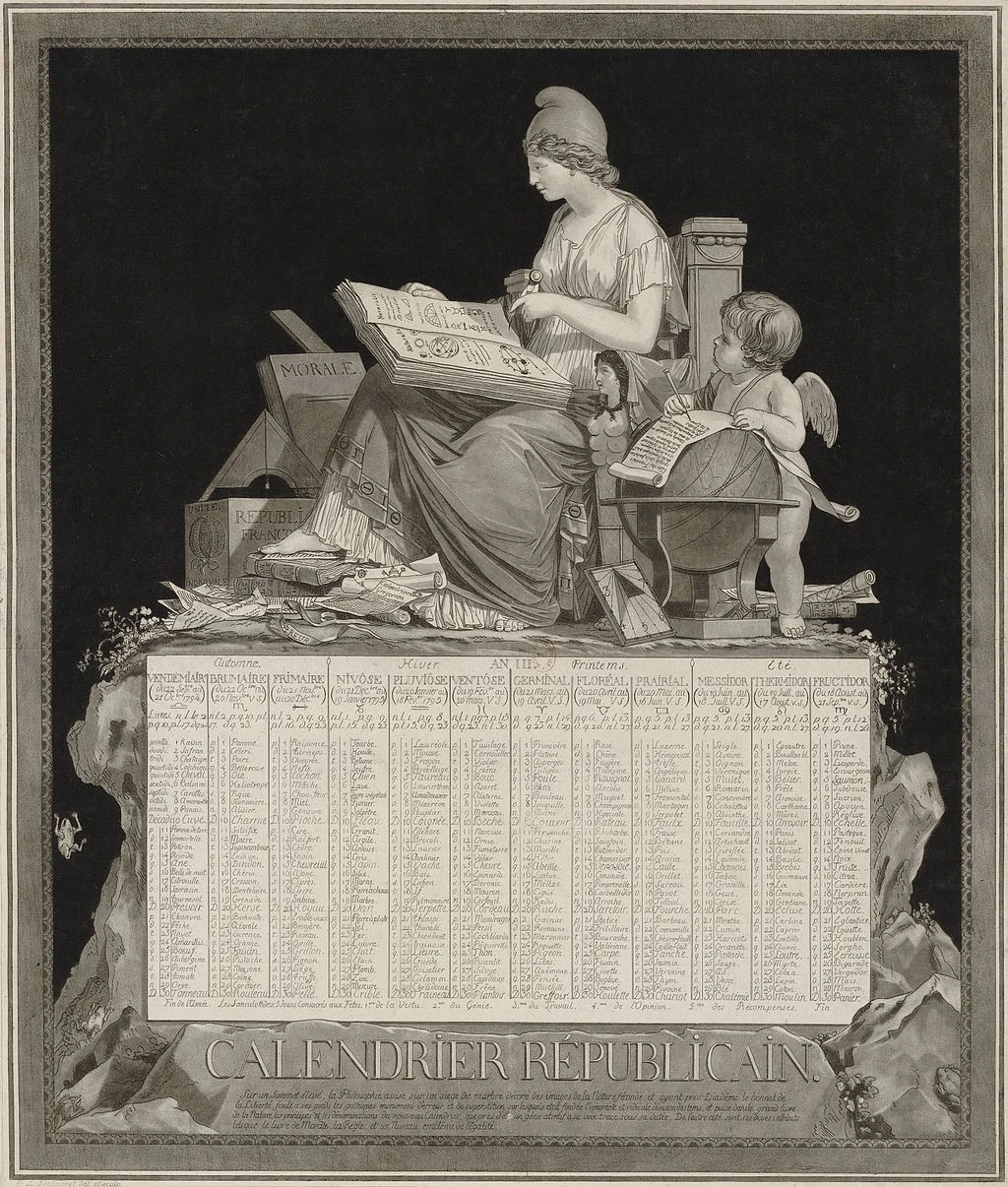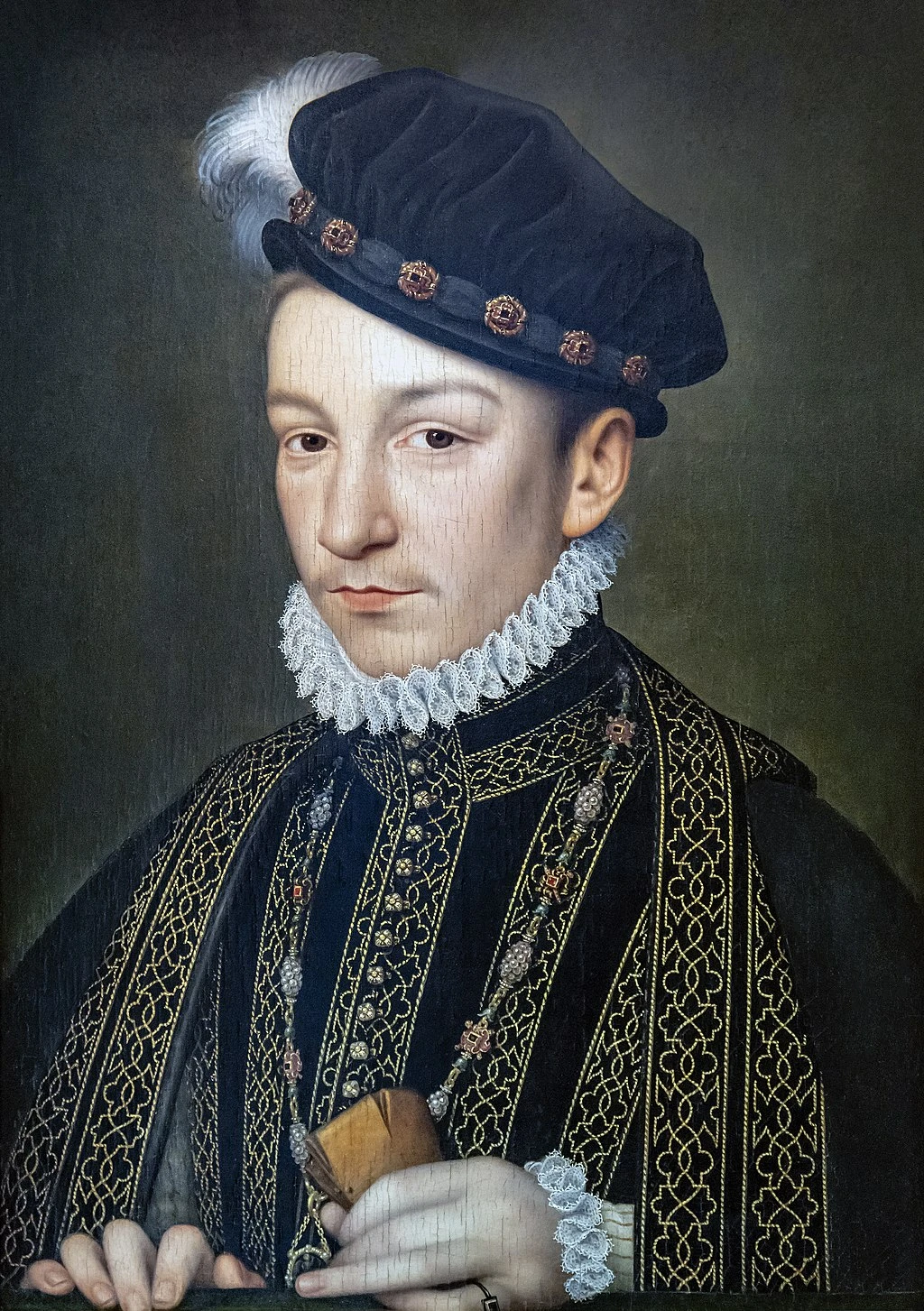There may be some mistranslations. Our translator follows the Julian calendar and came on the wrong day. We had the accountant translate the text...
The calendar is quite a story!
An invention of Babylon
It took mankind a long time to establish a calendar. It seems that the first to think of drawing one up were the Babylonians. They chose a lunar calendar. As a result, after a certain period of time, the year was short by one month. So, without chi-chi, the Babylonians added a month from time to time. The Egyptians, on the other hand, chose to have 3 seasons. For them, it's all about the flooding of the Nile, so there's before, during and after the flood. It's a solar calendar of 12 months of 30 days, to which other days are added to join the annual course of the sun, and which begins on July 19 of our calendar.
The Greeks and Romans got in on the act too
The Greeks and Romans had the intuition to mix lunar and solar calendars. For the Romans, the year begins in March, and March is the month of the god of war, whose name is... Mars. They have 354 days a year. And sometimes even a little less, which is why the Romans added a month in the time of Julius Caesar, who modestly chose to name this new month after himself: Julius for July . Augustus, his nephew and heir, just as modest as his uncle, took another month and gave it his name: Augustus, which became August. Add a day every 4 years for bisexual years and you've got it. Thank you, Rome! This calendar is known as the Julian calendar. It lasted for over 15 centuries before being abandoned by many countries, but it is still the religious calendar of Orthodox Christian countries like Russia. Why is this? Because they don't recognize the authority of the pope, and a pope will correct the Julian calendar.
The Gregorian calendar
Gregory XIII (1502-1572) wikipedia image by Lavinia Fontana v
In 1582, there was such a discrepancy between the Julian calendar and the solar year that scientists pointed it out to Pope Gregory XIII. Without correction, we'd arrive 10 days too early for the winter solstice. No worries for Gregory, who decided to keep things simple: the year 1582 would be 10 days shorter to coincide with the end of the solar revolution. But the Pope of Rome only has authority over Catholic countries. Quite a few countries had left the Catholic fold by this time. Greece, Russia and the Orthodox since the schism of 1094, and the Protestants for several decades. So, for a long time, we had a different calendar for Catholic countries, before the Protestants decided to adopt the Gregorian calendar for greater convenience. Orthodox clerics never changed theirs, which explains why the year begins differently for them, even if it has been starting on January 1st for some time.
The revolutionary calendar in France
The month of Brumaire in the revolutionary calendar. Source : wikipedia.
In 1792, the French Revolution led to the abolition of the monarchy and the advent of the French Republic on September 22, 1792. A few months later, the revolutionaries decided to erase the past, especially the Catholic and monarchical ones, and abolish the Gregorian calendar, which had been created by a pope. This was an opportunity to celebrate the Republic by dating the first year of this new calendar, the Republican calendar, from the birth of this political regime in France, i.e. 1792, which became AN 1. It has 12 months of 30 days, like the Roman calendar, plus 5 or 6 days in bisexual years. These days are called "les sans culottides" and are days of celebration of the Revolution. The year begins in autumn with the 1st of Vendémiaire, on September 22 in our current calendar.
Republican months and days
The AN III (1795) Republican calendar by Louis Philibert Debucourt via Wikimedia Commons
In place of traditional months like January, August, March and so on, a poet named Fabre d'Eglantine (1750-1794) invented new names (he was unlucky to invent the revolutionary calendar, dying on the scaffold). We now have Vendémiaire (September-October), Brumaire (October-November), Frimaire (November-December), Nivôse (December-January), Pluviôse (January-February), Ventôse (February-March), Germinal (March-April), Floréal (April-May), Prairial (May-June), Messidor (June-July), Thermidor (July-August) and Fructidor (August-September). Similarly, while the Gregorian calendar dedicated days to saints (for example, September 30 is Saint Jerome's Day), the Republican calendar names fruits, objects - in short, nothing religious . Thus, 4 frimaire (November 24) is the day of the medlar, and 7 vendémiaire (September 28) is the day of the carrot. Napoleon abolished this calendar and reverted to the Gregorian calendar. The Paris Commune took up the idea of the Revolutionary Calendar in 1871, and considered itself to be in AN 79, before being ousted.
January 1 1st day of the year
Charles IX king of France (by François Clouet) source: Wikipedia.
As we've seen, in France, we followed the Julian calendar until Gregory XIII reformed it in 1582, when we switched to the Gregorian calendar. But the man who decided that the year would begin on January 1 was a French king: Charles IX. The son of Henri II and Catherine de Médicis, and a great listener to his mother, Charles IX (1550 - 1574) decided to give everyone the same day to start the year. He chose January 1st. It sounds strange, but not all regions of France began the year at the same time, making it a real headache to date events and get the king's decisions out to the provinces. Most of France began the year with spring, at least in April. With the Edict of Roussillon, the year 1564 began on January 1 (and the year 1563 was shortened by several months). This French idea was progressively adopted by a large number of countries, before finally becoming the norm throughout the world, although of course other calendars are still used, such as the Julian calendar used by Orthodox Christians, the Muslim calendar, etc...








